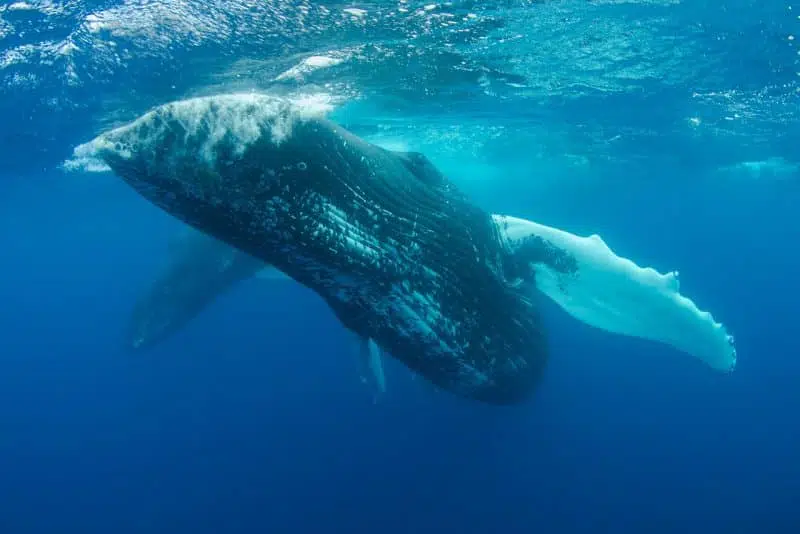Let’s dive deeper into the longest Blue Whale ever measured!
The blue whale, the largest animal on the planet, grows up to 100 feet long and weighs 200 tons. These magnificent creatures can be found throughout the world’s oceans and are essential to marine ecosystems. That is why they continue to fascinate and intrigue researchers and enthusiasts alike.

Recently, scientists witnessed the longest blue whale measured, providing new insights into these magnificent creatures. Blue whales are awe-inspiring and critical to our oceans’ health, from their unique physical characteristics to their essential role in marine ecosystems.
In this article, we’ll explore the discovery of the longest blue whale ever recorded and the importance of conservation efforts to protect these amazing animals.
Want to jump ahead? Click below
Key Points
| Aspect | Description |
|---|---|
| Size | Blue whales are the largest animals on Earth, reaching up to 100 feet (30 m) in length and weighing up to 200 tons |
| Weight | Adults weigh around 100 to 150 tons |
| Lifespan | Blue whales have an average lifespan of 70 to 90 years |
| Feeding | They are filter feeders and primarily feed on krill |
| Vocalizations | Blue whales are known for their low-frequency, deep “songs” |
| Heart | Blue whales have the largest heart of any known animal, weighing around 1,300 pounds (600 kg) |
| Migration | They undertake long-distance migrations, traveling thousands of miles |
| Conservation Status | Blue whales are classified as endangered due to hunting and threats from human activities |
| Appearance | Blue whales have a streamlined body with a slate-gray upper body and white lower body |
| Head | The head of an adult blue whale is around one-quarter of its total body length |
| Flippers | Blue whales have relatively short flippers (1-2 meters) |
| Throat Pleats | They have large pleats on the throat, allowing them to take in large amounts of food and water during feeding |
| Blowhole | Blue whales have a blowhole on the top of their head, used for breathing |
| Communication | Blue whales communicate with each other using a variety of vocalizations, including low-frequency moans |
| Ecological Importance | Blue whales are vital in marine ecosystems, serving as predators and prey, controlling the population of krill |
| Economic Value | They are a popular attraction for whale-watching tours, generating revenue from tourism |
| Threats | Blue whales face threats from human activities like noise pollution, ship strikes, and plastic ingestion |
| Conservation Efforts | Efforts are being made to protect blue whales through international regulations, research, and awareness |
Physical Attributes And Size Of Blue Whales
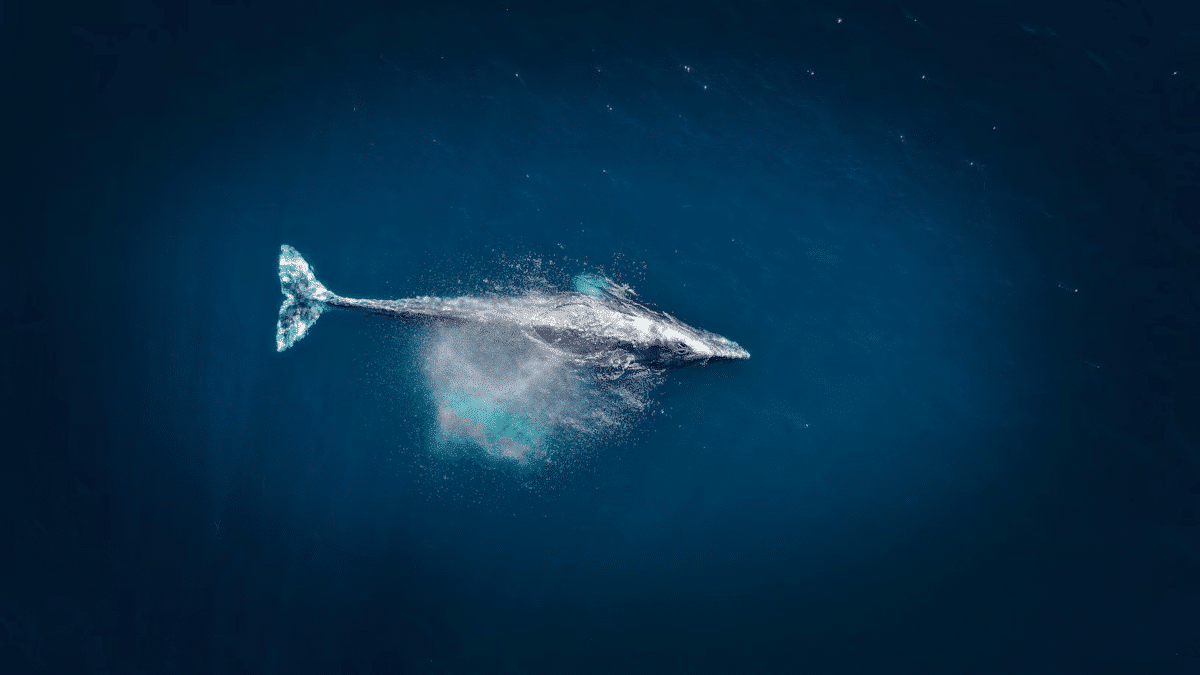
| Characteristic | Description |
|---|---|
| Size | Largest animal ever, reaching up to 98 feet (30 m) in length |
| Weight | Adults weigh around 100 to 150 tons |
| Lifespan | Average of 70 to 90 years |
| Feeding | Filter feeder primarily feeds on krill; check out What Do Blue Whales Eat? |
| Vocalizations | Known for low-frequency, deep “songs” |
| Heart | Largest heart of any known animal, weighing around 1,300 pounds (600 kg) |
| Migration | Undertakes long-distance migrations, traveling thousands of miles |
| Conservation Status | Endangered |
Blue whales are the largest animals on Earth. They can grow to 30 meters long and weigh up to 200 tonnes. Their upper body is slate-gray and has lighter patches, while their lower body is white. Blue whales have a streamlined, tapered shape that allows them to move quickly through the water with minimal energy expenditure.
The head of an adult blue whale is around one-quarter of its total body length and can reach up to 7 meters long. Its flippers are relatively short (1-2 meters) compared to other whale species; this helps them maneuver more quickly underwater. Blue whales also have several large pleats on the throat, which allow them to take in vast amounts of food and water during feeding.
In addition to their massive size, blue whales also possess several other remarkable physical characteristics, such as a blowhole located on the top of the head, which allows them to breathe air and two rows of plates in its mouth that are used for filtering plankton. The blue whale is a fantastic creature with a unique physiology that helps it thrive in its environment.
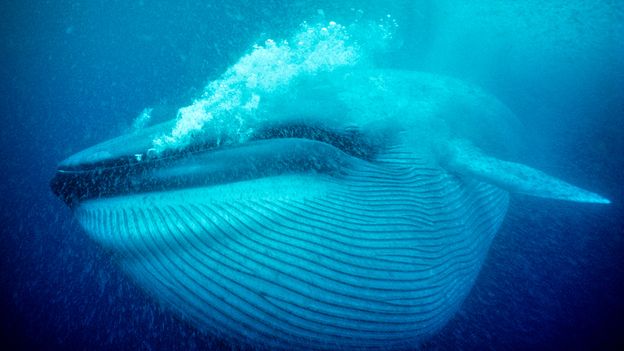
Blue whales have been hunted nearly to extinction since commercial whaling began in the 19th century. Despite steps taken by governments and conservationists to protect them, they continue to face threats from human activities like noise pollution, ship strikes, and plastic ingestion.
As top predators at the apex of marine food webs, their decline could cause wide-reaching consequences for entire ocean ecosystems. Our job is to protect these incredible creatures and ensure their future in our oceans.
The Discovery Of The Longest Blue Whale Ever Measured

In February 2022, a team of researchers in the Southern Ocean spotted a blue whale estimated to be 130 feet long. This measurement was taken using drones and other non-invasive techniques, and it was confirmed to be the longest blue whale ever recorded. Recently, there was another discovery of an even bigger whale species. . The previous record was held by a blue whale that was 110 feet long.
The team observed the whale for several hours, noting its Behavior and taking detailed measurements. The whale appeared to be healthy and fed on krill, the primary food source for blue whales.
Anatomy And Behavior
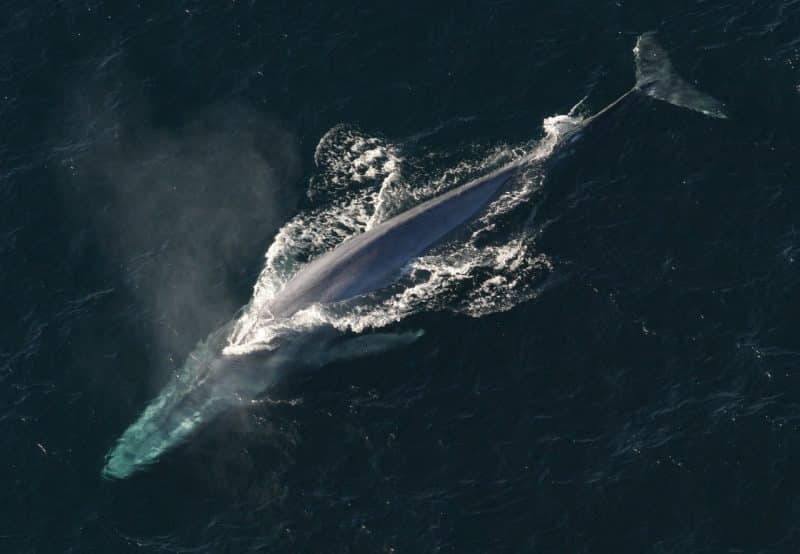
Blue whales have unique physical characteristics that enable them to thrive in their marine environment. They have a streamlined body shape and can swim up to 30 miles per hour. They also have a specialized feeding mechanism that involves opening their mouths wide and filtering krill through baleen plates.
In addition to their physical characteristics, blue whales also have complex social behaviors. They are known to travel in groups called pods and communicate with each other using a variety of vocalizations, including low-frequency moans and high-pitched whistles.
Importance of these gentle giants
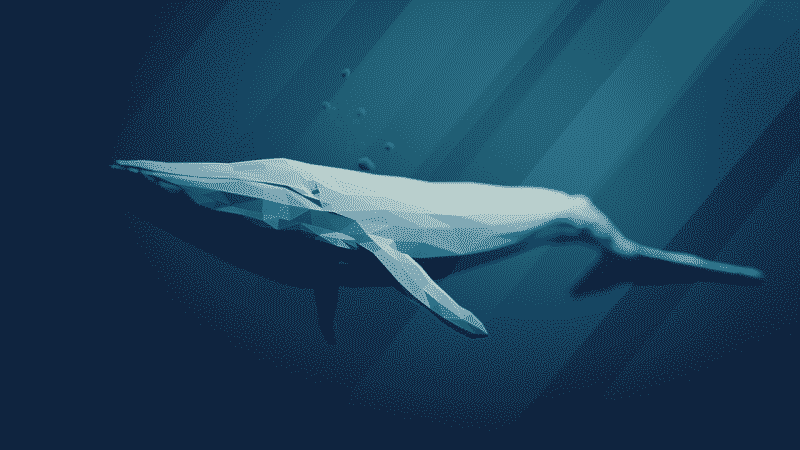
Blue whales are crucial in marine ecosystems, serving as predators and prey. They are the largest krill consumers and a primary food source for many other marine animals, including penguins and seals. Blue whales also help to regulate the balance of marine ecosystems by controlling the population of krill and other tiny marine organisms.
In addition to their ecological significance, blue whales also have economic value. They are a popular attraction for whale-watching tours, generating millions of dollars in revenue annually. Blue whales also provide a source of income for communities that rely on sustainable whale-watching and eco-tourism.
Blue Whales: The Gentle Giants of the Ocean
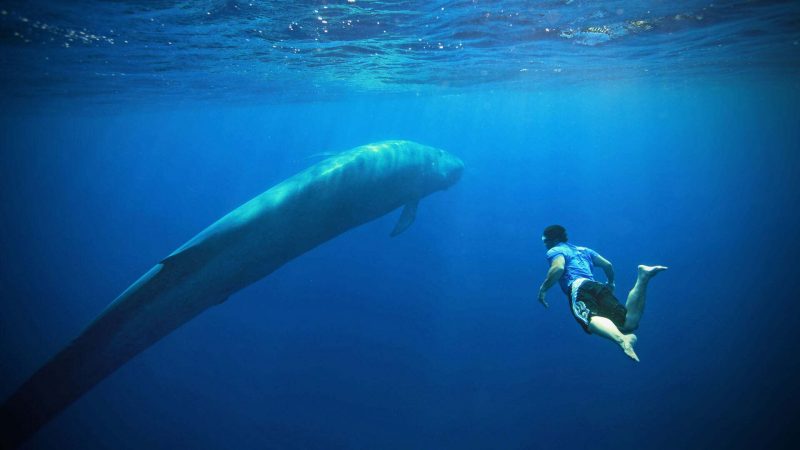
They are fascinating creatures with unique characteristics that make them stand out. Here are some interesting facts about blue whales:
- Blue Whales are the Largest Animals on Earth
Blue whales are the most giant creatures on earth, measuring up to 100 feet long and weighing up to 200 tons. To put this into perspective, blue whales are longer than a basketball court and heavier than a fully-loaded jumbo jet!
- They Have a Heart the Size of a Car
A blue whale’s heart is enormous, weighing 1,000 pounds, and can pump up to 10,000 liters of blood in a single beat. This allows the blue whale to travel long distances in the ocean and dive deep into the sea.
- Blue Whales Feed on Tiny Organisms
Despite their size, blue whales feed on small organisms called krill. These tiny shrimp-like creatures make up most of a blue whale’s diet and can consume up to 4 tons of krill daily!
Also, Check: What Do Blue Whales Eat?
- They Can Communicate Over Long Distances
Blue whales use low-frequency sounds to communicate with each other over long distances. They produce a variety of vocalizations, including moans, whines, and pulses, which can travel hundreds of miles underwater.
Threats to these giant creatures
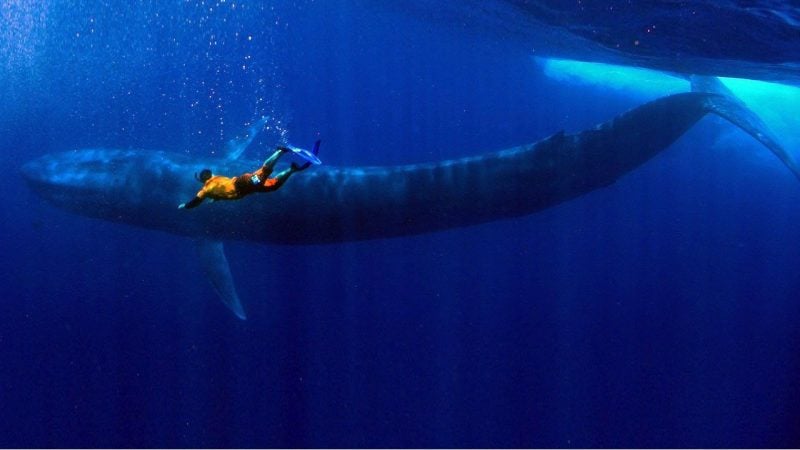
Despite their importance, blue whales face several threats that endanger their survival. Climate change is causing changes in ocean temperatures and currents, which can disrupt the availability of krill and other food sources. Overfishing and pollution are also significant threats to blue whales, as they can damage their habitats and health. Discover more abour our Planets endagered species through some of our articles about the most endagered animals.
Conservation Efforts to Protect Blue Whale
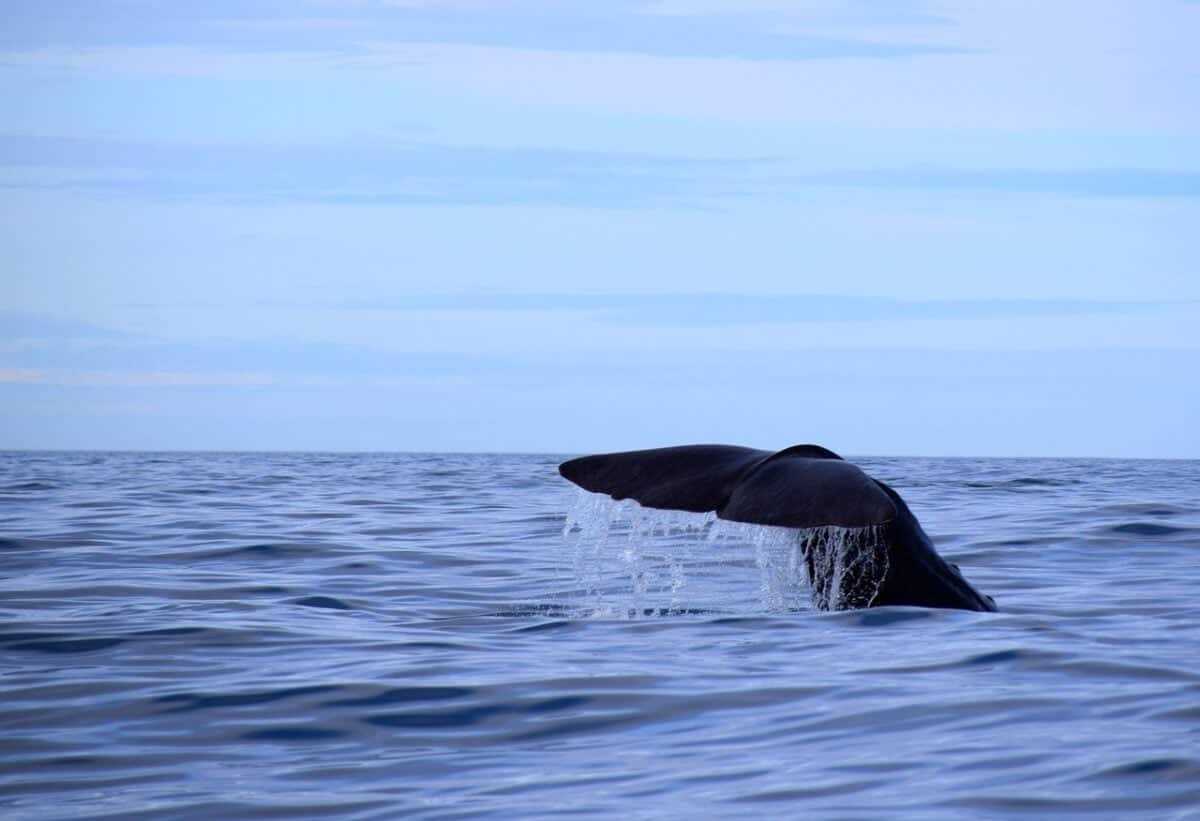
International regulations have been implemented to protect blue whales and other marine animals by limiting hunting and other activities that could harm them. Individual and community actions are also critical to conserving blue whales, including reducing carbon emissions and using sustainable fishing practices.
Efforts are also being made to study blue whales and their habitats to better understand their behaviors and needs. This research can inform conservation efforts and help to protect blue whales and their habitats for future generations.
Conservation organizations worldwide are working to raise awareness about the importance of blue whales and their conservation needs. Through education and advocacy, they hope to inspire individuals and communities to take action to protect these amazing animals and their ecosystems.
Frequently Asked Questions (FAQs)
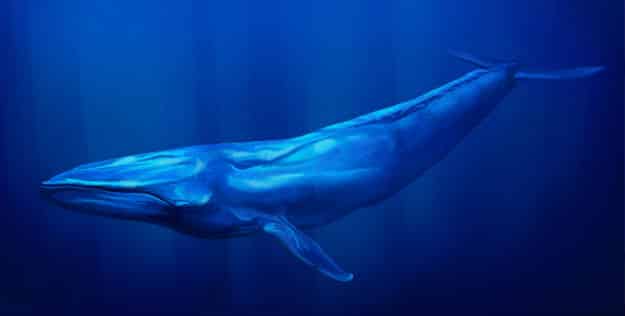
Q: When and where was the longest blue whale ever recorded spotted?
A: In February 2022, a team of researchers in the Southern Ocean spotted the longest blue whale ever recorded. The exact location was not specified in the article.
Q: How long was the longest blue whale ever recorded?
A: The longest blue whale ever recorded was estimated to be 130 feet long. This measurement was taken using drones and other non-invasive techniques.
Q: How does the length of the longest blue whale compare to previous records?
A: The previous record for the longest blue whale was 110 feet long, making the newly recorded blue whale significantly longer.
Q: How was the length of the longest blue whale measured?
A: The length of the blue whale was estimated using drones and non-invasive techniques. Researchers observed the whale for several hours, noting its behavior and taking detailed measurements.
Q: Was any information obtained about the health and feeding habits of the longest blue whale? A: Yes, the researchers noted that the whale appeared to be healthy and fed on krill, which is the primary food source for blue whales.
Q: What significance does the discovery of the longest blue whale have?
A: The discovery of the longest blue whale provides an exciting opportunity for researchers to learn more about these incredible animals and their behaviors. It contributes to our understanding of their size, distribution, and ecological roles.
Q: How does the length of the longest blue whale reflect on the species as a whole?
A: The exceptional length of the longest blue whale highlights the remarkable size and diversity within the blue whale population. It reinforces the fact that blue whales are the largest animals on Earth.
Q: Are there any conservation implications associated with the discovery of the longest blue whale?
A: While the article does not specifically mention conservation implications, the discovery emphasizes the importance of protecting blue whale populations and their habitats. Conservation efforts are crucial to ensure the survival of these magnificent creatures.
Wrapping Up with the Longest Blue Whale Ever Measured
The sighting of this giant blue whale ever measured provides an exciting opportunity to learn more about these incredible animals.
Blue whales are the largest animals on Earth and are vital to marine ecosystems. Their conservation is essential to maintaining the health and balance of our oceans.
Through continued research, conservation efforts, and individual actions, we can work to protect blue whales and ensure their survival for generations to come.
Thanks for following along with me! I hope you enjoyed reading about these two interesting animals. Next is Whale Swallows Two Kayakers off California Coast, Most Aggressive Insect In The World, Tallest Mammal in the World, and Biggest flock of migrating birds ever recorded, Surprising Behaviors of Whale Calves: Milk Thieves of the Ocean.
Join our Forum for free today!

- Surprised By A Snake In My Toilet In Bali - July 24, 2024
- Discover the Profound Spiritual Meaning of the Brown Bear - July 24, 2024
- Unexpected Snake Slithers Across My Windshield On Arizona Highway - July 23, 2024

